Leave of Absence Form
-
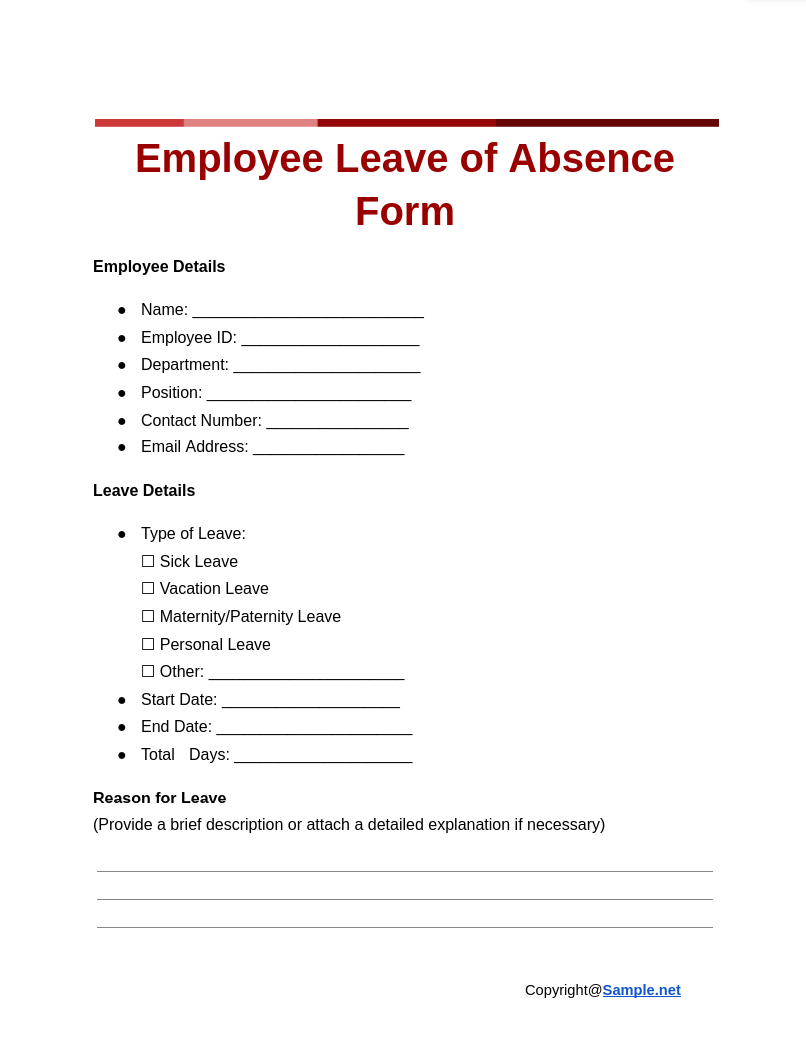
Employee Leave of Absence Form
download now -
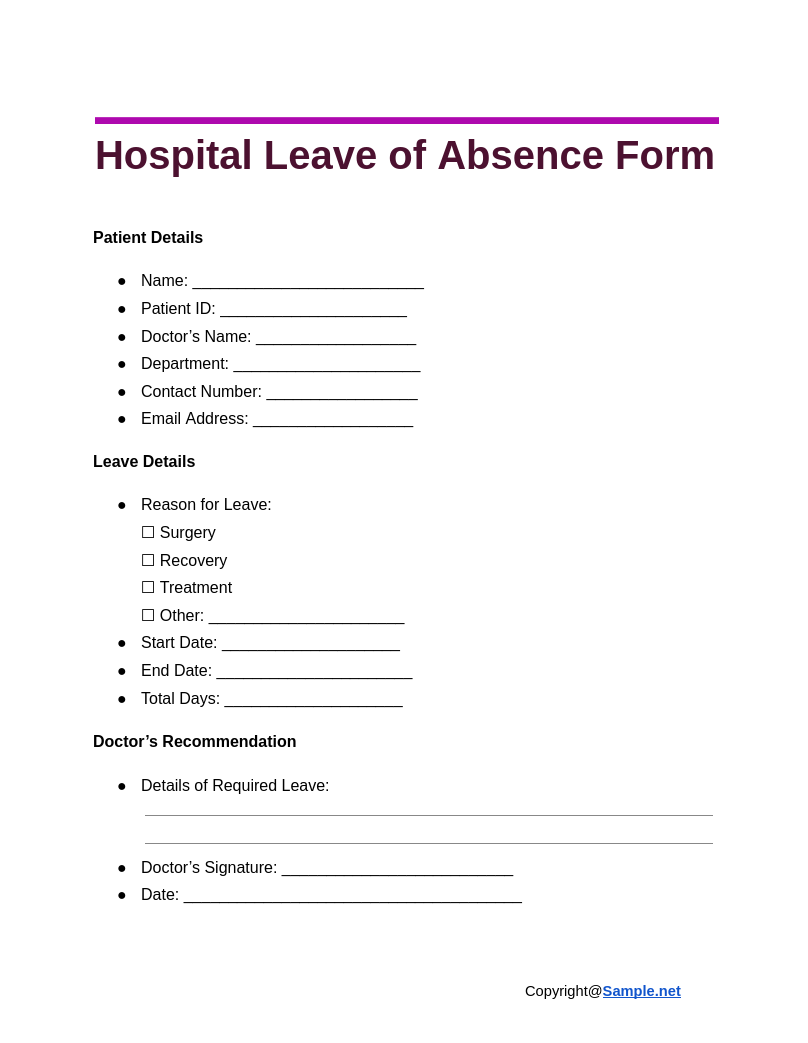
Hospital Leave of Absence Form
download now -
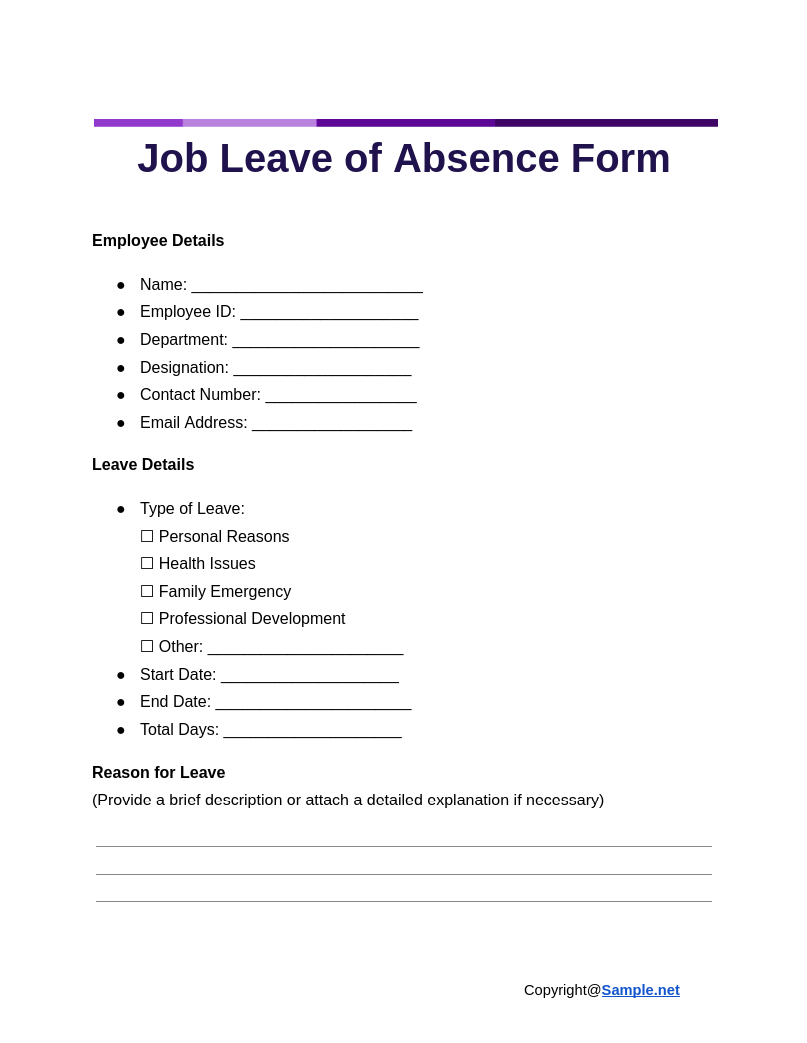
Job Leave of Absence Form
download now -
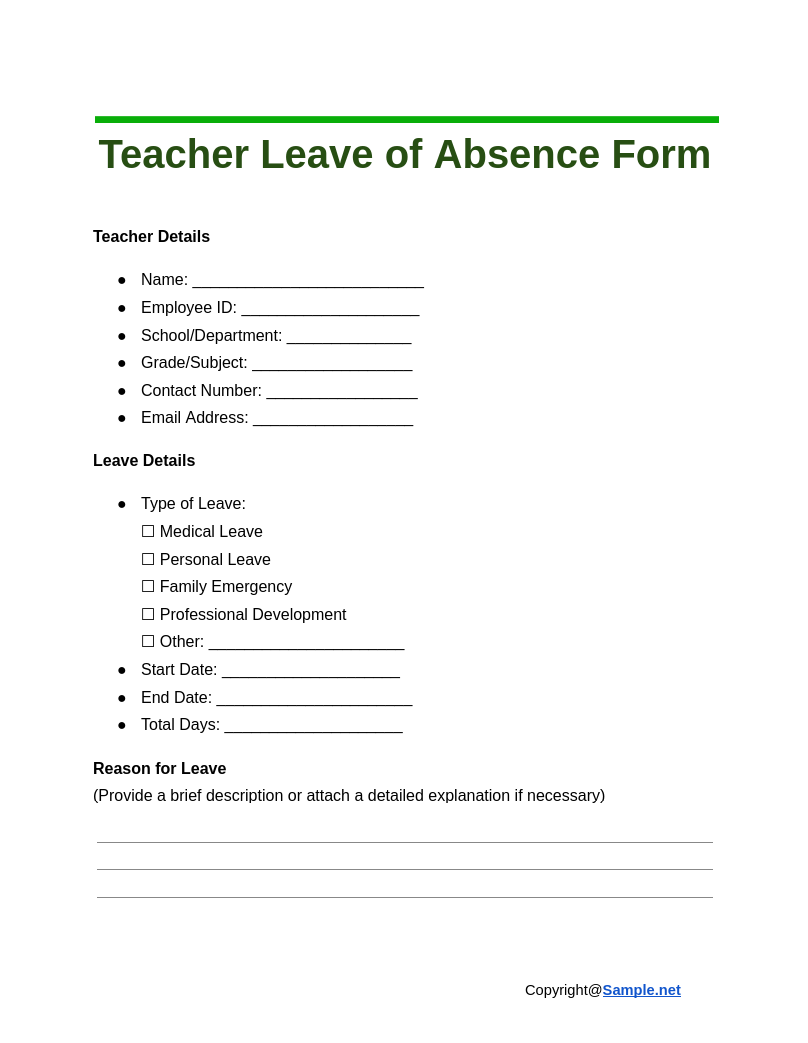
Teacher Leave of Absence Form
download now -
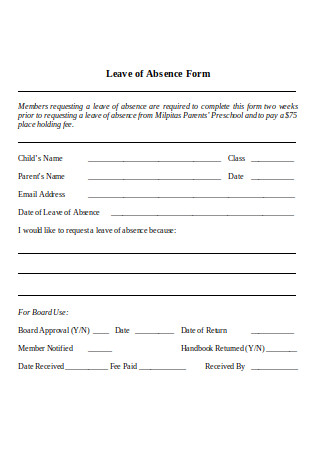
Leave of Work Absence Form
download now -
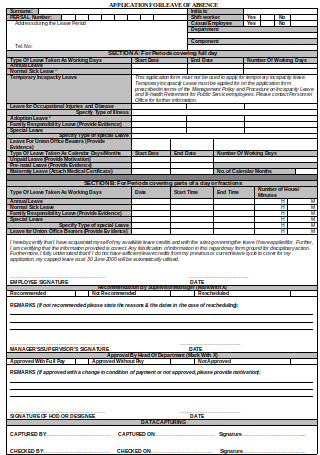
Application for Office Leave of Absence
download now -
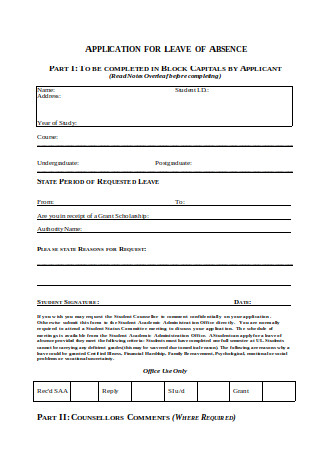
Application Form for College Leave of Absence
download now -
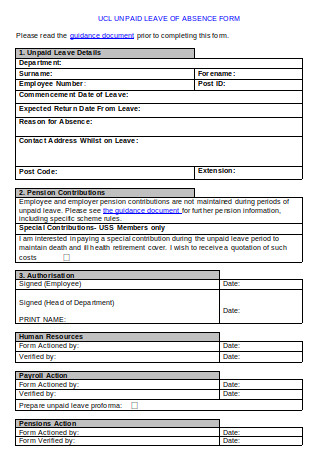
University Unpaid Leave of Absence Form
download now -
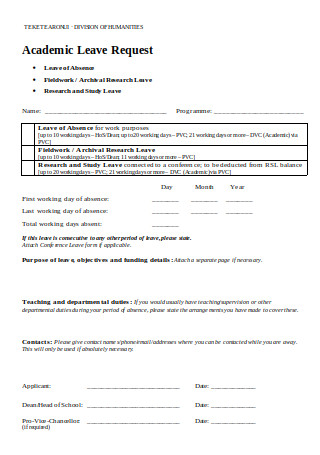
Academic Sick Leave Request Form
download now -
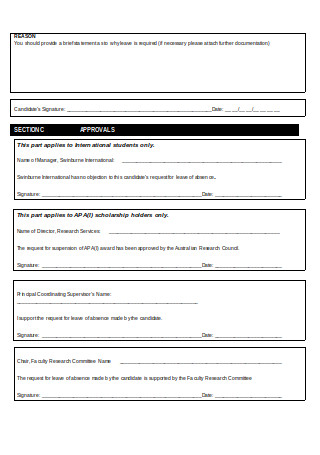
Staff Leave of Absence
download now -

Application for Leave of Absence
download now -
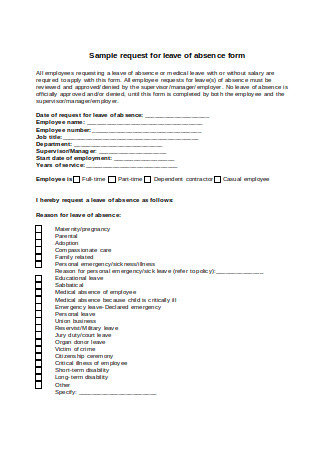
Sample Request for Time Leave of Absence Form
download now -
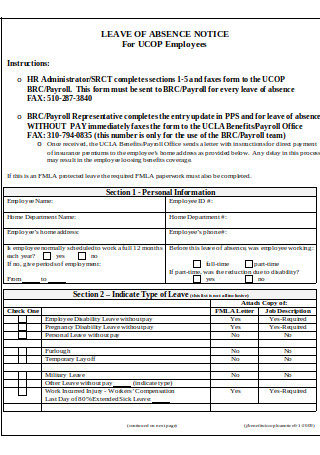
Emergency Leave of Absence Notice
download now -
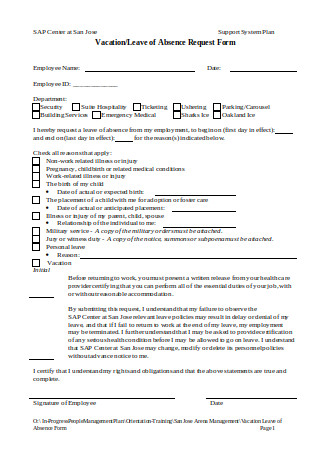
Leave of Absence Reason Request Form
download now -
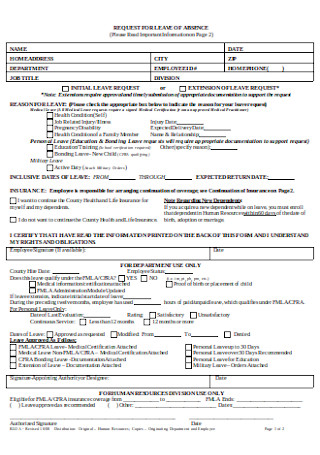
Request for Parent LOA Form
download now -
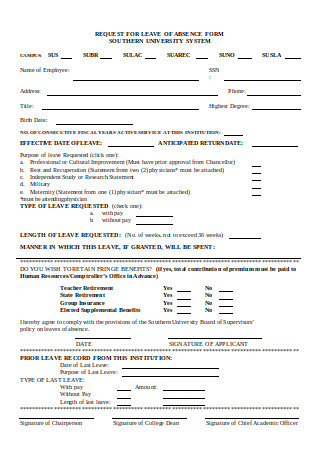
Request for Annual Leave of Absence Form
download now -
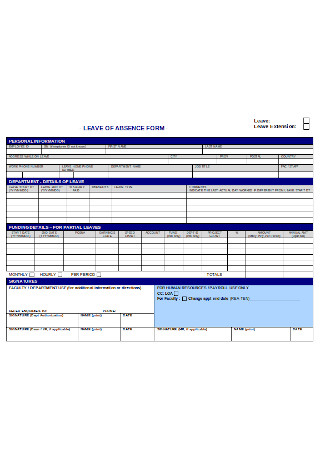
Leave of Sick Time Request Absence Form
download now -
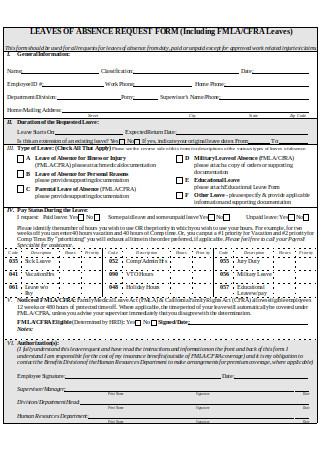
Sample Illness Leave of Absence Request Form
download now -

Military Leave of Absence Policy Request Form
download now -
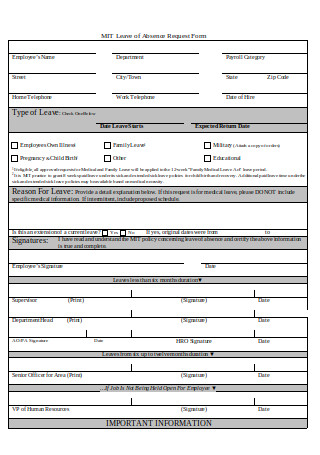
Simple Leave of Absence Letter Request Form
download now -

Editable Maternity Leave of Absence Form
download now -
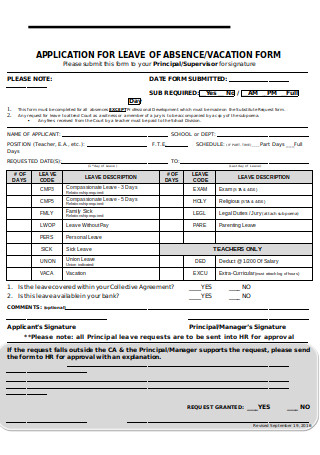
Application for Leave of AbsenceVacation Form
download now -

Application for Leave of Absence
download now -
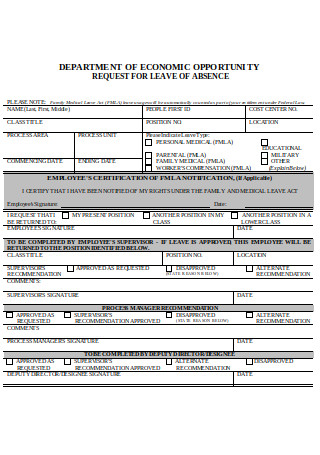
Request for Leave of Absence
download now -

Leave of Absence (LOA) Request
download now -
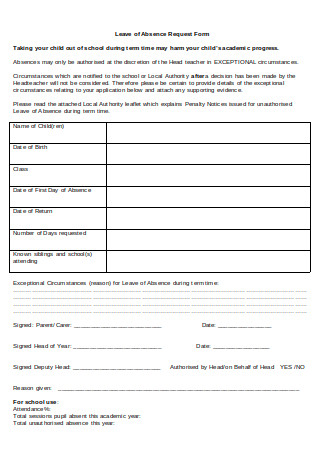
Leave of Absence Request Form Sample
download now -

Unpaid Leave of Absence Form
download now -
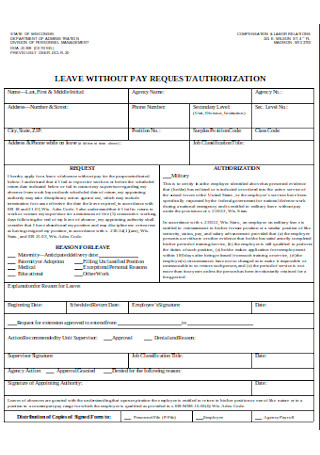
Leave Without Pay Request
download now -

Family and Medical Leave of Absence
download now -
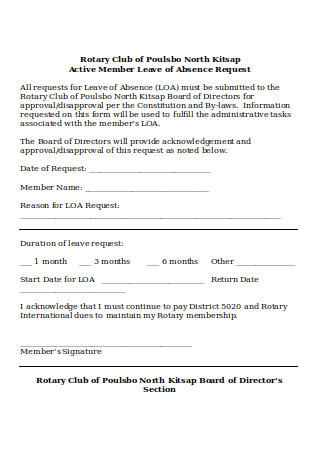
LOA Request Form
download now -
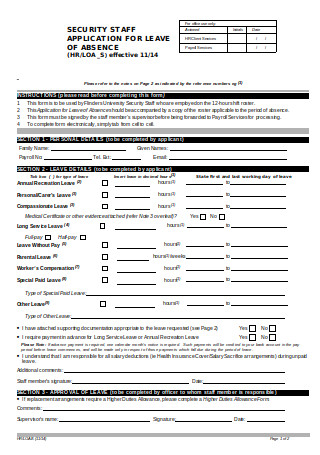
Leave Form
download now -
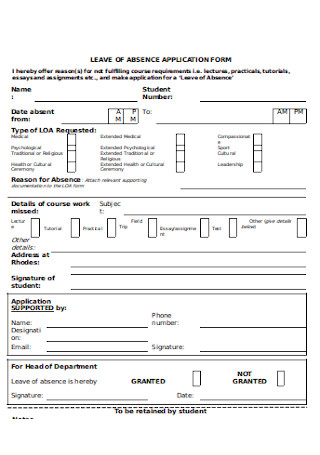
Leave of Absence Application Form
download now -
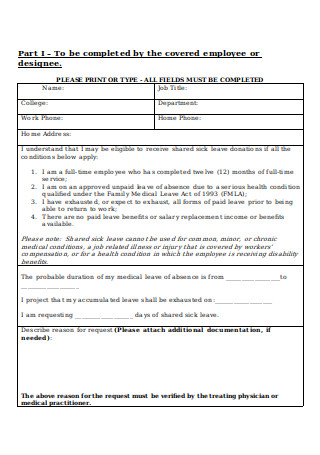
Supplemental Leave Request Form
download now -
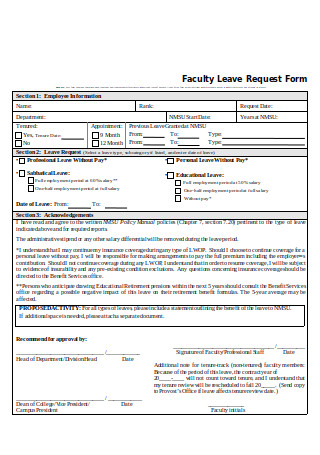
Faculty Leave Request Form
download now -
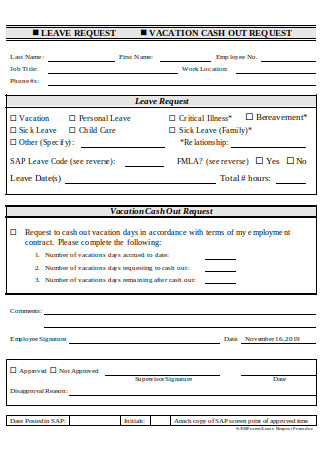
Leave Request Form
download now -
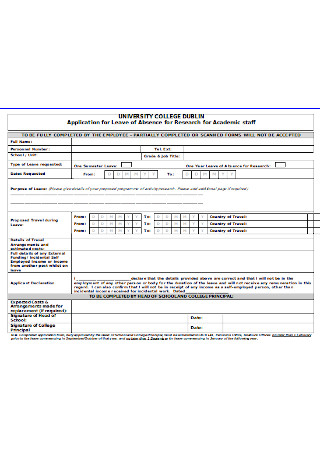
Application for Leave of Absence for Research
download now -
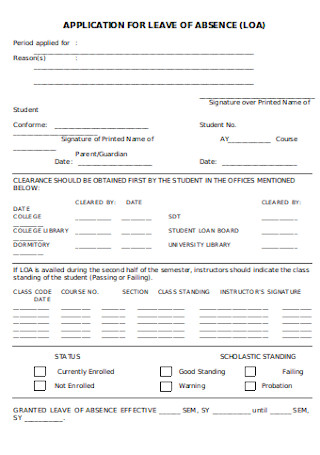
Leave of Absence (LOA)
download now -
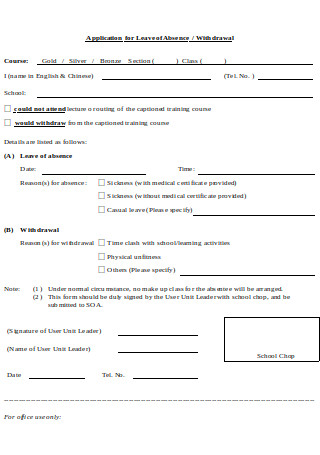
Application for Leave of Absence / Withdrawal
download now -
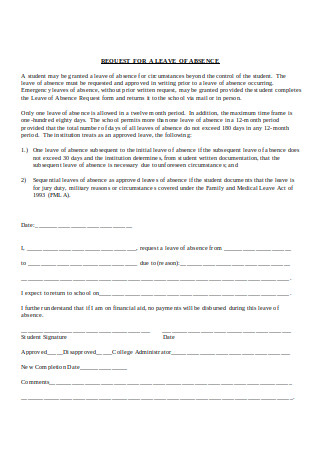
Request for A Leave of Absence
download now -

Personal Leave of Absence Form
download now -
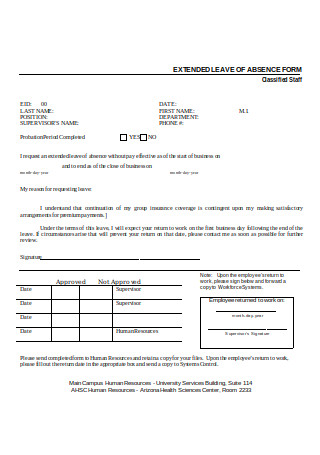
Request for Extended Leave of Absence Form
download now -
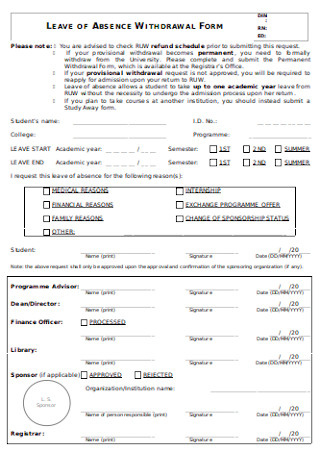
Leave of Absence Withdrawal Form
download now -
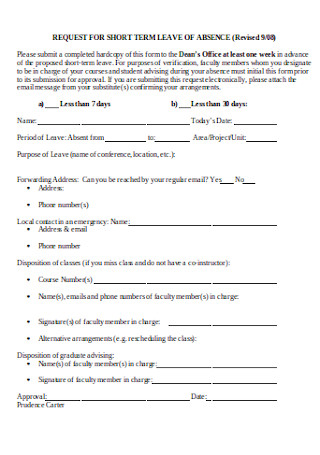
Request for Short Term Leave of Absence
download now -
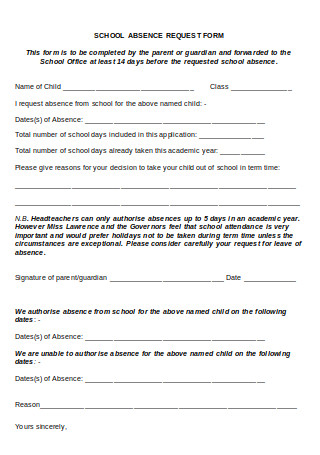
Request for Leave of Absence from School
download now -
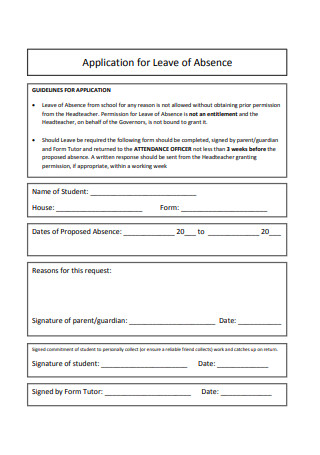
Application for Leave of Absence in PDF
download now -
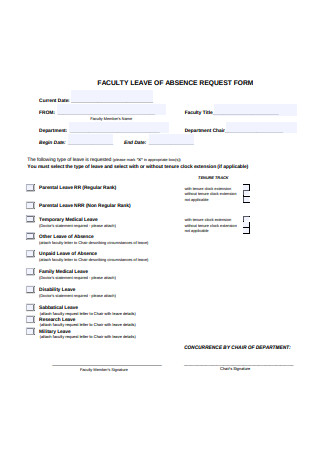
Faculty Leave of Absence Request Form
download now -
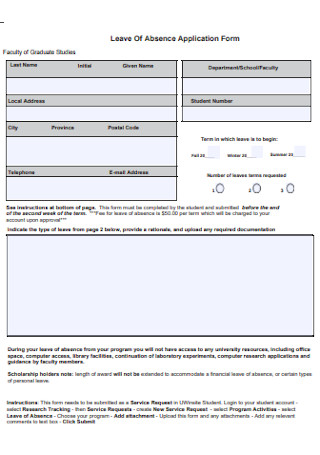
Basic Leave Of Absence Application Form
download now -

Student Request for Leave of Absence
download now -
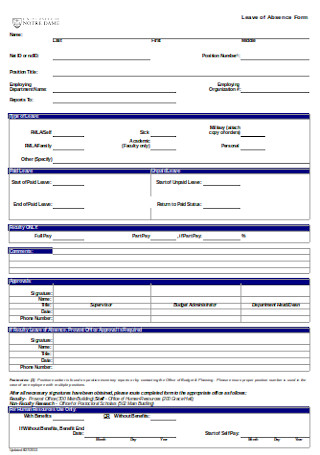
Leave of Absence Form Sample
download now -
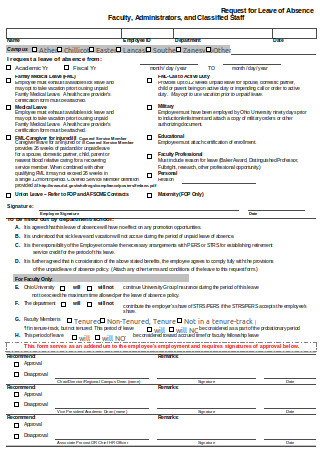
Unpaid Leave of Absence Request
download now -
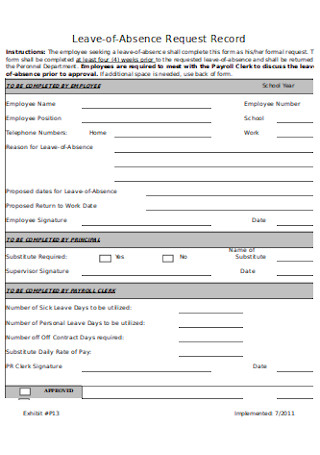
Leave of Absence Request Record
download now -
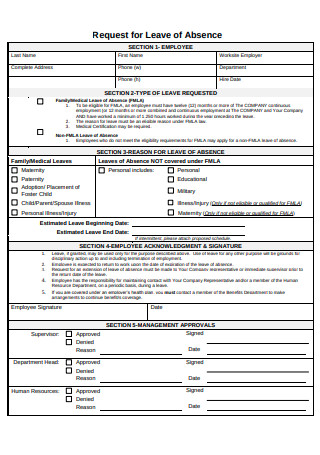
Request for Leave of Absence in PDF
download now -
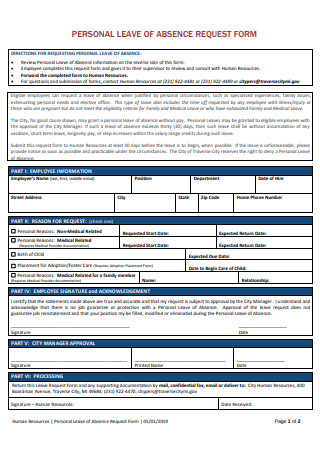
Personal Leave of Absence Request Form
download now -
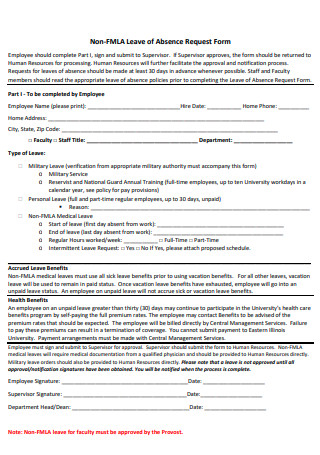
Non-FMLA Leave of Absence Request Form
download now -
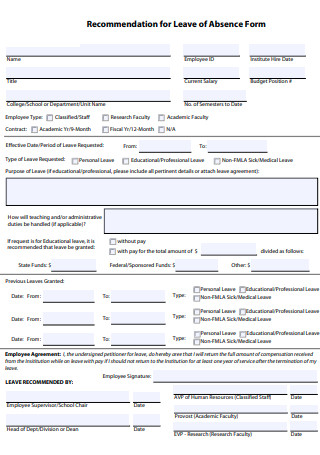
Recommendation for Leave of Absence Form
download now
FREE Leave of Absence Form s to Download
Leave of Absence Form Format
Leave of Absence Form
What is a Leave of Absence Form?
Purposes of a Leave of Absence Form
How to Manage Employee Absences
FAQs
How long can an employee be on leave?
Is depression, stress, or anxiety a valid excuse for LOA?
Can I fire a person during his or her leave of absence?
When do I ask for a doctor’s note?
How can organizations customize the form?
What is the role of supporting documents in the form?
What happens if the leave request is denied?
How does a Leave of Absence Form benefit employers?
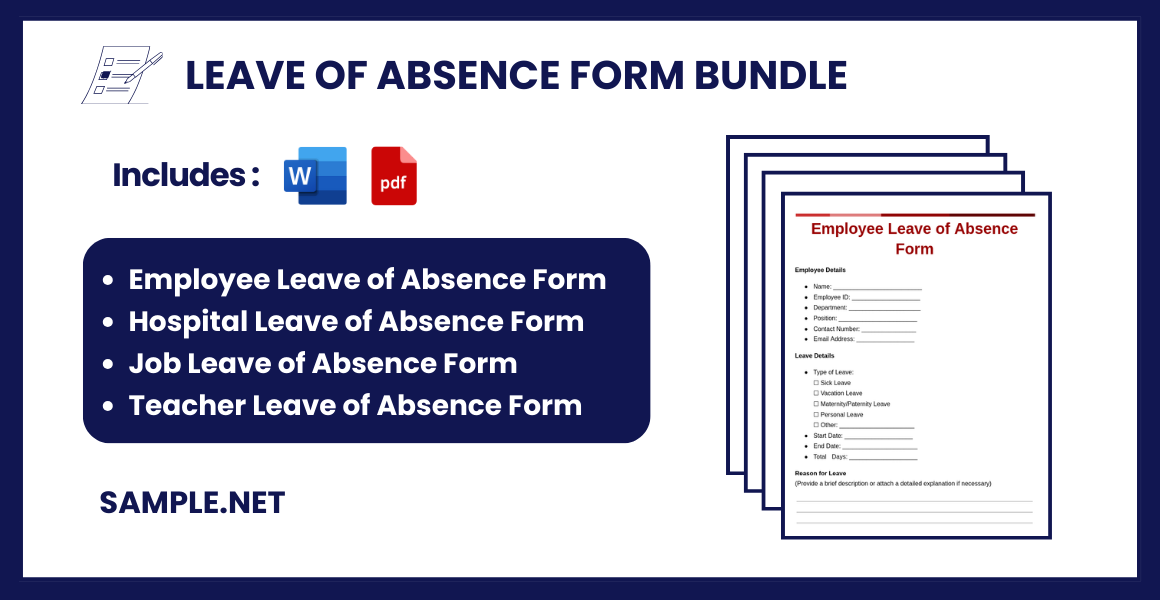
Download Leave of Absence Form Bundle
Leave of Absence Form Format
Employee Details
- Name: __________________________
- Employee ID: ____________________
- Department: _____________________
- Position: _______________________
- Contact Number: ________________
- Email Address: _________________
Leave Details
- Type of Leave:
☐ Sick Leave
☐ Vacation Leave
☐ Maternity/Paternity Leave
☐ Personal Leave
☐ Other: ______________________ - Start Date: ____________________
- End Date: ______________________
- Total Days: ____________________
Reason for Leave
(Provide a brief description or attach a detailed explanation if necessary)
Authorization
- Manager/Supervisor Name: ______________________________
- Manager/Supervisor Signature: _________________________
- Date: _______________________________________________
Employee Acknowledgment
I understand that this leave request is subject to approval and I will comply with company policies regarding leaves of absence.
- Employee Signature: __________________________
- Date: ______________________________________
Office Use Only
- Approved: ☐ Yes ☐ No
- Approved by: ___________________________________________
- Remarks: _____________________________________________
- Date: ________________________________________________
What is a Leave of Absence Form?
A Leave of Absence Form is a formal document used by employees or students to request a temporary leave from their duties. It serves as an official record of the leave request and contains key details such as the applicant’s name, reason for the leave, requested dates, and any additional documentation. This form ensures that organizations can plan accordingly during the individual’s absence, maintaining productivity and compliance with leave policies. You can also see more on Leave Form.
Purposes of a Leave of Absence Form
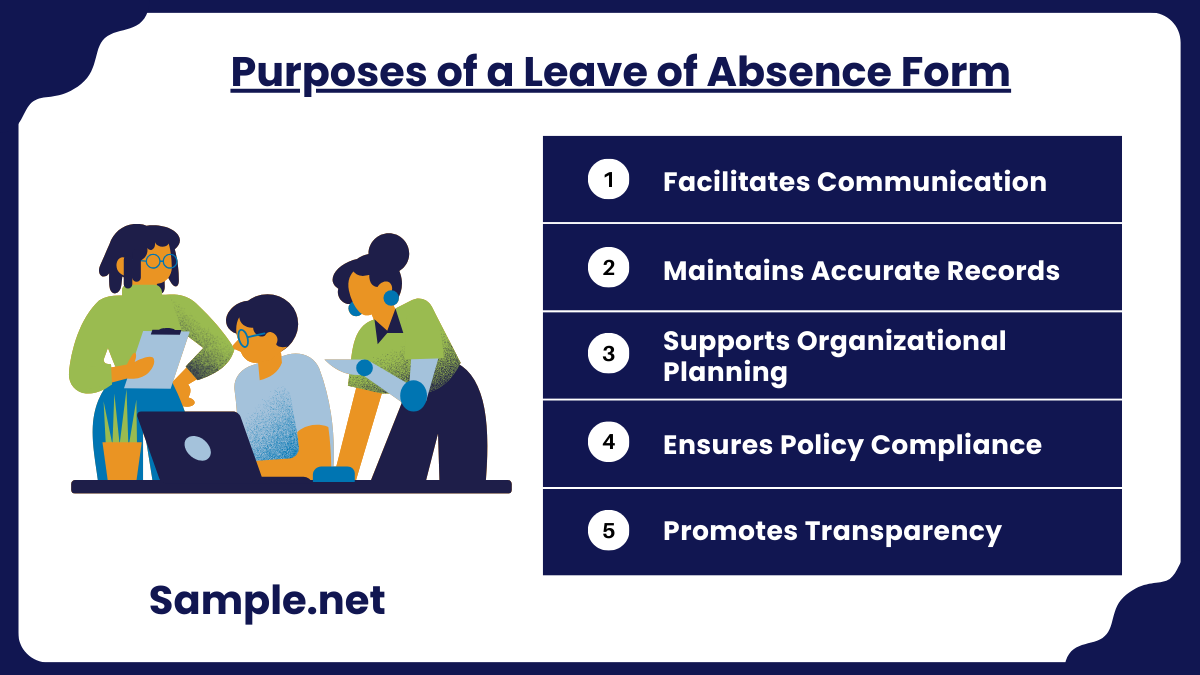
1. Facilitates Communication
A Leave of Absence Form ensures clear and formal communication between the requesting individual and the approving authority. It eliminates ambiguity by documenting the details of the leave request, such as dates, reason, and duration.
2. Maintains Accurate Records
The form serves as an official record of leave requests, which can be referenced for administrative purposes. This is particularly important for tracking employee leave balances or fulfilling compliance requirements. You can also see more on Leave Application Form.
3. Supports Organizational Planning
By providing advance notice of an individual’s absence, the form helps the organization plan for workload redistribution, resource allocation, and project continuity, minimizing disruptions.
4. Ensures Policy Compliance
It enforces adherence to the organization’s leave policies, including eligibility criteria and documentation requirements. This reduces the risk of policy violations and ensures fair treatment for all applicants.
5. Promotes Transparency
A standardized leave form creates a transparent process, ensuring that all leave requests are handled uniformly. This fosters trust between employees or students and the organization. You can also see more on Employee Information Form.
How to Manage Employee Absences
Abuse of leave absences, disregard for company policy, and chronic absenteeism in the office are not good for your business. Turning a blind eye to frequent misdemeanors will dent your company’s productivity and profit. However, that doesn’t mean that you should prohibit employees from taking a break. By accounting for and managing absences in the workplace, you can address issues, encourage good work ethic, and reframe goals. Here are ways that you can attend to both the company and the employees’ interests and welfare.
Step 1: Implement an Attendance Policy
Rules have no teeth if they are not enforced properly. Specify your company’s attendance policy on the employment contract. The policy should indicate the employee’s work schedule, the company’s rules on absences and tardiness, and the processes involved with regards to attendance. It should elaborate on the terms and conditions of leave benefits, like what constitutes a valid excuse. Be specific about the scope and definitions of the attendance policy. The company should also be firm and consistent in implementing the rules. From the moment the employee is hired, establish what the expected decorum is in the workplace. You can also see more on Vacation Request Forms.
Step 2: Make Processes Fair and Easy
Complicated processes tend to dissuade people from following the procedures. Maybe the reason why your employees are not availing of their leave benefits is that you make it hard for them to do so. Your workers might not be agreeable to the terms and conditions in the agreement. Or maybe filing for a planned break takes so much unnecessary effort. The hierarchy of approval might be confusing. Employees should enjoy their rights without much hassle. Instead of having them write too many letters, just print leave of absence forms. You can download the application forms from the templates we provided. And instead of having too many point persons, reduce the approval line to just the necessary persons who will sign the form.
Step 3: Monitor Absences and Tardiness
When you have a big company, it is harder to keep track of everyone’s attendance. You need a strategic attendance plan to handle this task. You can use helpful tools such as a biometrics gadget that doubles as a timekeeping device. You can download the data from the device at the end of every pay period. You should also keep accurate and complete records of employee absences. The attendance record should reflect the absences and lates that the person has incurred. When misconduct becomes a pattern, you can address it early on. For instance, John Doe is notorious for being frequently absent from work. By keeping tabs on his excuses, you learn that his father died three times in the past year.
Step 4: Act on Discrepancies Immediately
John Doe’s case brings us to step four. Address any discrepancy that you found right away. Unchecked prolonged absences is detrimental to the company, in terms of resources and productivity. Maybe the person has not returned from work yet past the specified date on his or her LOA. You can check in with the person if he or she is alright, and you can provide interventions when necessary. The employee might be having issues that your company may be able to help with. By recognizing and dealing with misdemeanors and problems earlier, you can provide solutions that will save the company’s time and resources. It also leaves an impression on the employees that such actions will not be tolerated.
Step 5: Review and Update Policy
Your attendance policy should not be set in stone. Observe the effect of the policy on the practices in the workplace. If there is still room for changes, review and revise the rules. For example, the company’s sick time policy may need reviewing since employees have a hard time following it. You may want to change the procedure for notices after seeing that it is not convenient for the workers. The advice and templates you find online may fit one company and not another. Therefore, conduct regular evaluations on the needs of your company and its employees. Make the appropriate changes when necessary.
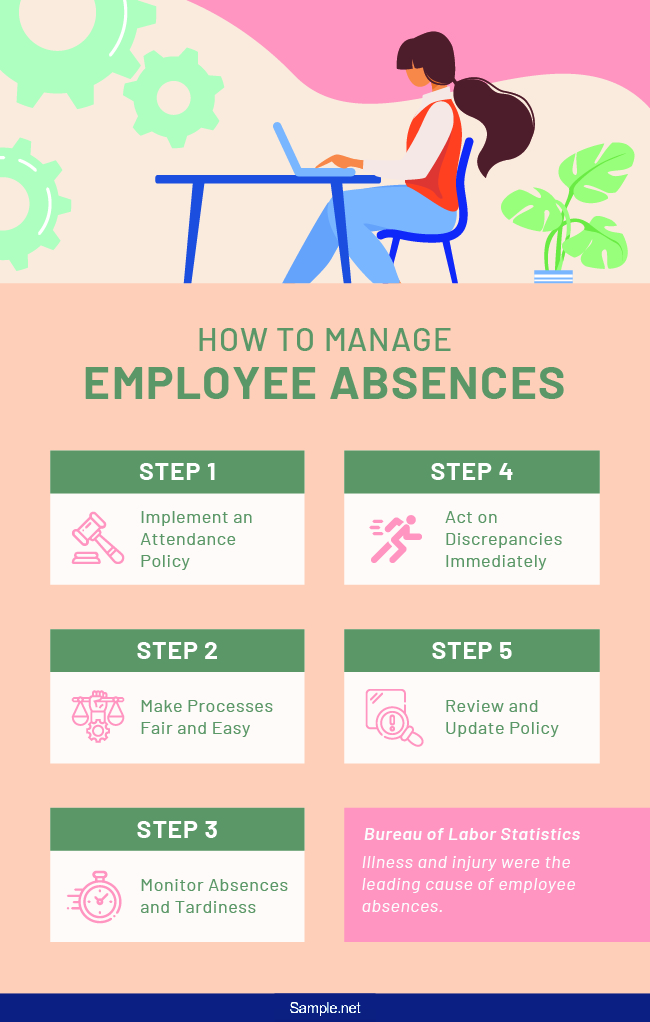
FAQs
How long can an employee be on leave?
An FMLA gives a maximum of 12 weeks of rest due to serious illness. The duration of the other types of leave of absence is under the discretion of the company. You can also see more on Request Form.
Is depression, stress, or anxiety a valid excuse for LOA?
Yes. The employee can take a break when he or she feels the need to. That is as long as the person is qualified for an FMLA and he or she has leave credits left. When the person feels that his or her situation hinders work performance, the person can request for a stress leave. The employee’s physician has to recommend for the stress leave before the company can grant the request.
Can I fire a person during his or her leave of absence?
Generally, you can’t fire a person during FMLA, pregnancy leave or similar leave type. But there are a few exceptions. If the company is undergoing a layoff, the said person’s employment may be terminated. If the leave of absence is not valid, or they did not file for one, it is also a ground for termination.
When do I ask for a doctor’s note?
The answer varies, depending on the circumstance of the leave request. The medical note verifies if the employee has visited his physician and was recommended to take a rest from work. The company cannot ask for the specifics of the illness. When the employee is filing for an FMLA, the company can request a doctor’s note. Some leave request concerning health also lets the company ask for medical certification that the employee is well enough to work.
[/ns_row
How can organizations customize the form?
Organizations can tailor the form to include specific fields, such as leave categories, approval hierarchy, and policy guidelines, to suit their operational needs.
What is the role of supporting documents in the form?
Supporting documents, like medical certificates or event invitations, validate the leave reason and help expedite the approval process, ensuring transparency and trust. You can also see more on Submission Forms.
What happens if the leave request is denied?
If a leave request is denied, the applicant is usually informed with reasons. Alternatives, such as rescheduling leave, may also be discussed.
How does a Leave of Absence Form benefit employers?
This form allows employers to effectively manage resources and workflows during an employee’s absence. It ensures transparency, minimizes disruptions, and helps in compliance with labor laws. You can also see more on HR Form.
